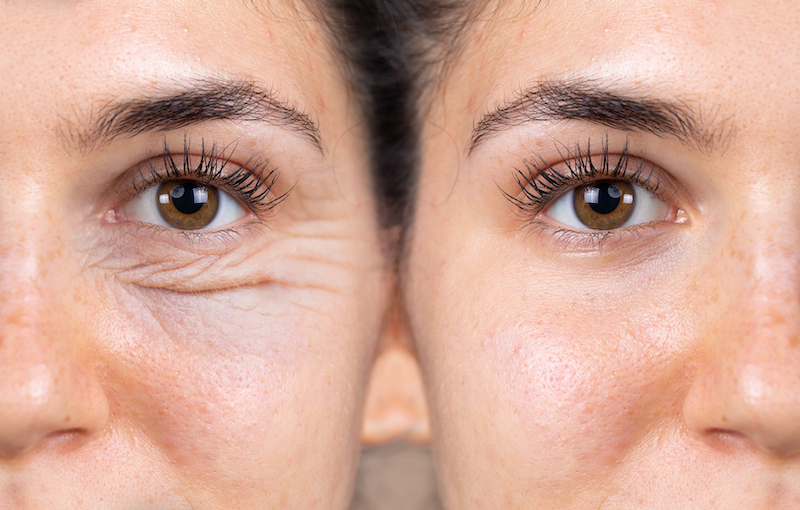Laser Skin Resurfacing has gained popularity in recent years as a safe and effective way to transform your appearance and address various skin concerns. This article delves into the intricacies of laser skin resurfacing, exploring how it works, its benefits, different techniques, candidacy criteria, preparation and procedure, recovery process, potential risks, cost considerations, and real-life experiences.
How Laser Skin Resurfacing Works
Laser skin resurfacing involves using concentrated beams of light to target specific areas of the skin. These beams remove damaged skin cells layer by layer, stimulating collagen production and promoting the growth of new, healthier skin cells. The result is smoother, firmer, and more youthful-looking skin.
Benefits of Laser Skin Resurfacing
- Reduces wrinkles and fine lines
- Improves skin texture and tone
- Minimizes acne scars and pigmentation
- Tightens loose skin
- Enhances overall skin appearance
Different Types of Laser Skin Resurfacing Techniques
There are several types of laser skin resurfacing techniques, including:
- Fractional Laser Resurfacing: Targets small areas of the skin, leaving surrounding tissues intact for faster healing.
- CO2 Laser Resurfacing: Uses a carbon dioxide laser to remove thin layers of skin, effective for deep wrinkles and scars.
- Erbium Laser Resurfacing: Gentle on the skin, suitable for treating fine lines, wrinkles, and pigmentation issues.
Candidates for Laser Skin Resurfacing
Ideal candidates for laser skin resurfacing are individuals with:
- Fine lines and wrinkles
- Sun-damaged skin
- Acne scars
- Uneven skin tone
- Skin laxity
Preparation and Procedure
Before undergoing laser skin resurfacing, patients are advised to:
- Avoid sun exposure
- Discontinue certain medications
- Follow pre-procedure skincare instructions
During the procedure, a topical anesthetic may be applied, and the laser device is used to target specific areas of concern.
Recovery and Aftercare
After laser skin resurfacing, patients may experience redness, swelling, and slight discomfort, which typically subsides within a few days to weeks. Post-procedure care includes:
- Applying prescribed skincare products
- Avoiding sun exposure
- Following a gentle skincare routine
Risks and Side Effects
While laser skin resurfacing is generally safe, there are potential risks and side effects such as:
- Redness and swelling
- Itching or stinging
- Changes in skin pigmentation
- Infection or scarring (rare)
Cost Considerations
The cost of laser skin resurfacing varies depending on factors like the type of laser used, treatment area, and provider's expertise. Generally, multiple sessions may be required for optimal results.
Real-Life Experiences and Testimonials
Many individuals have shared positive experiences with laser skin resurfacing, noting significant improvements in their skin's appearance, confidence, and overall well-being.
In conclusion, Laser Skin Resurfacing in Riyadh offers a safe and effective way to enhance your appearance and address various skin concerns. By understanding how it works, its benefits, candidacy criteria, preparation, procedure, recovery, risks, costs, and real-life experiences, you can make informed decisions about incorporating this treatment into your skincare regimen.






Comments